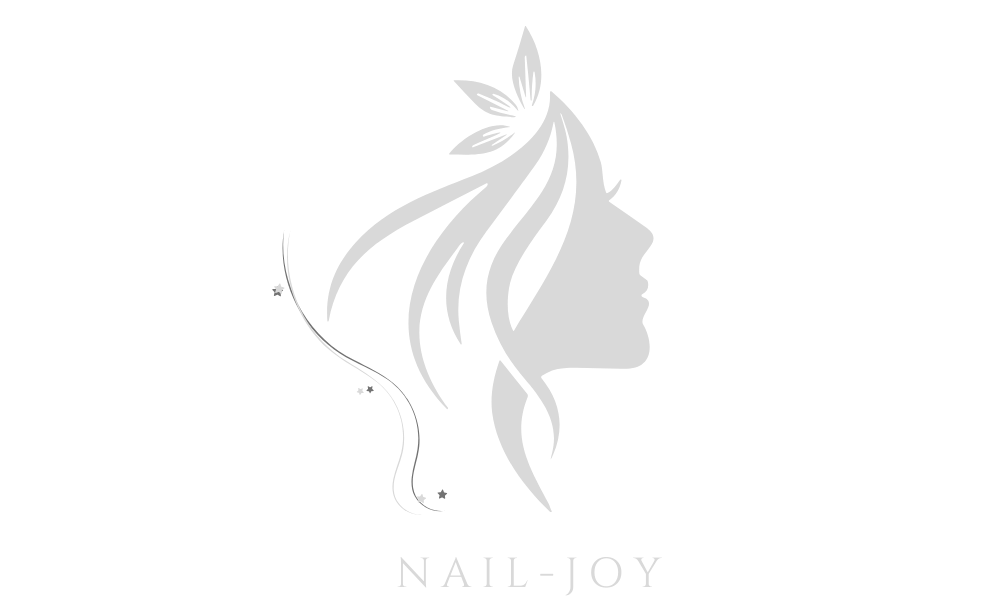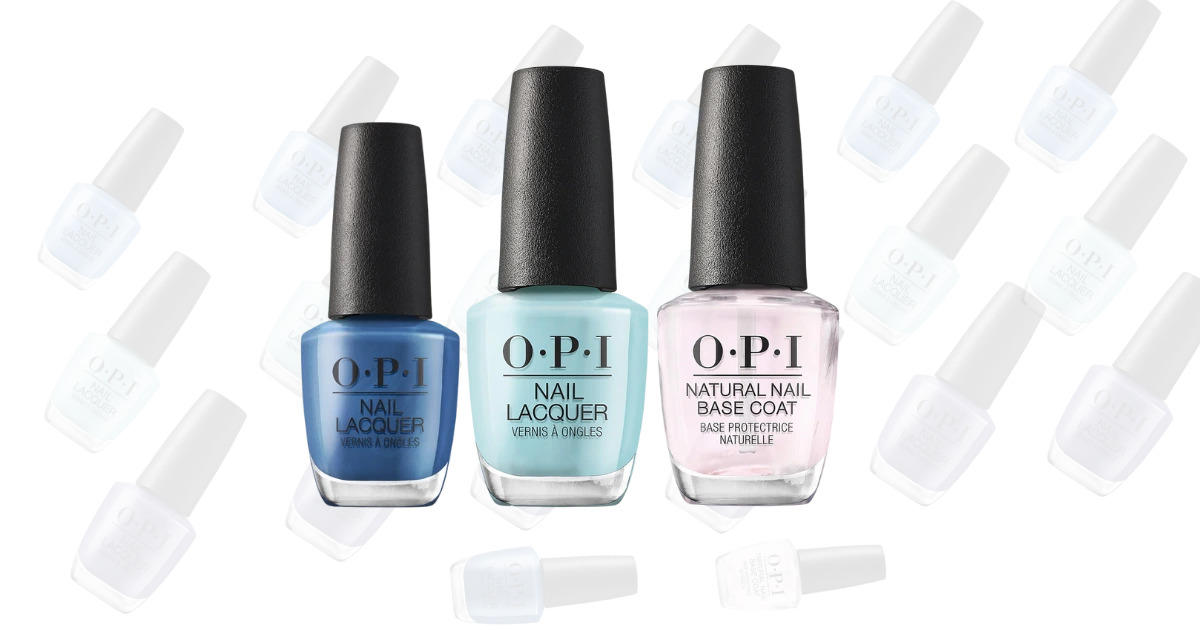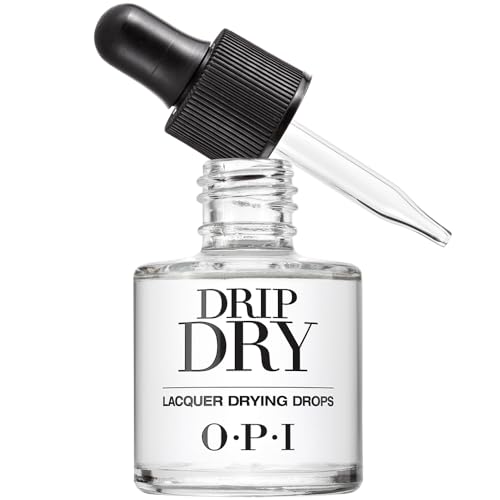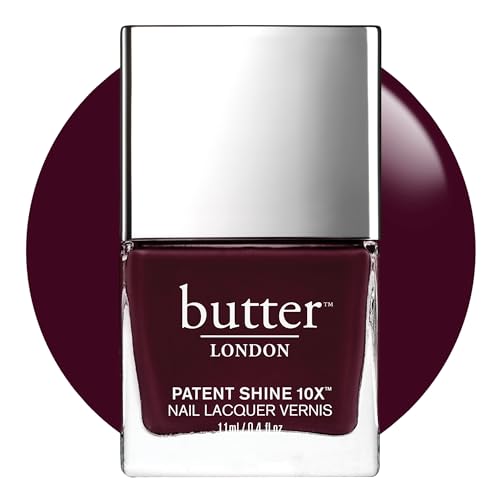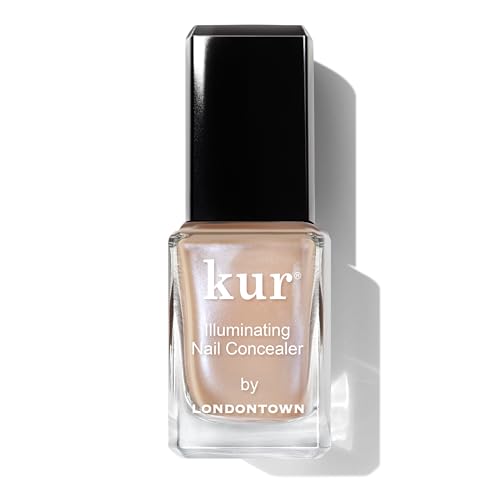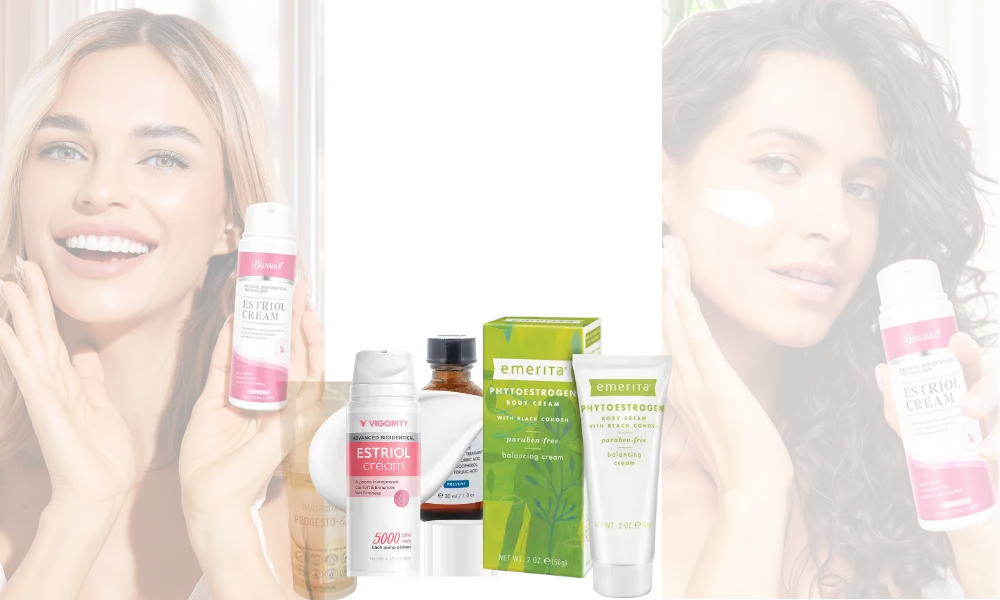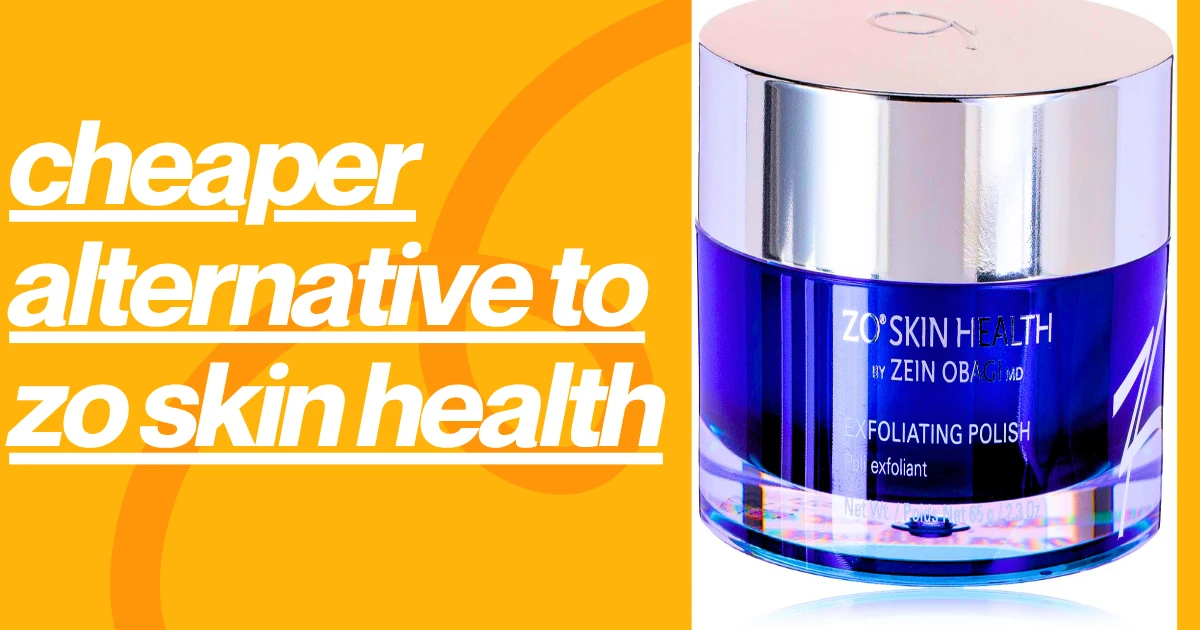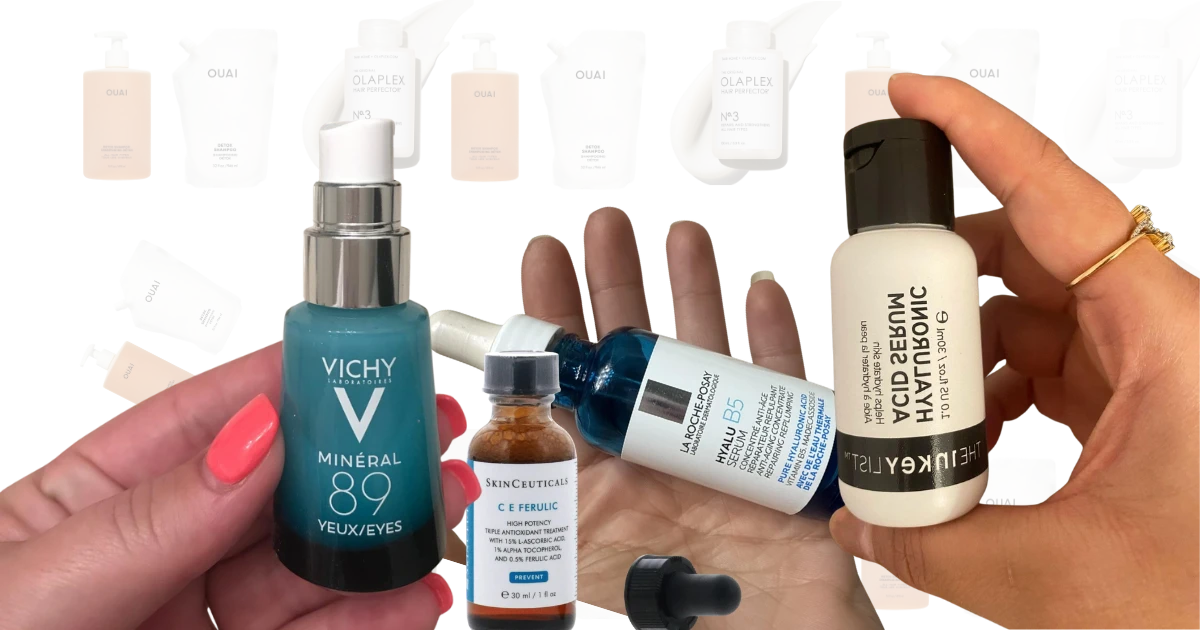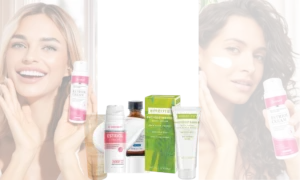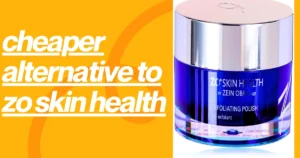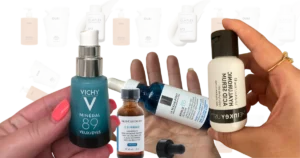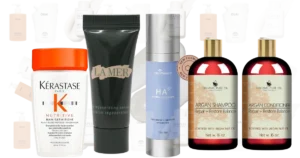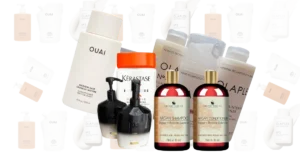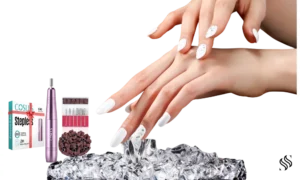If you’ve ever stood in the beauty aisle wondering whether to grab a bottle labelled “nail lacquer” or “nail polish,” you’re not alone. The terms are often used interchangeably, which can be confusing. But here’s the truth: while nail lacquer is very similar to nail polish, it’s not the same. And knowing the difference can help you make smarter choices for stronger, shinier, and longer-lasting nails.
As someone who has worked in the beauty industry for over a decade, I’ve seen countless clients struggle with chipped manicures, streaky application, or polish that doesn’t last past the weekend. Often, the secret wasn’t just in the technique—it was in the product they were using. In this article, I’ll break down what nail lacquer is(Read), how it differs from regular polish, and share insider tips on how to get the most out of it.
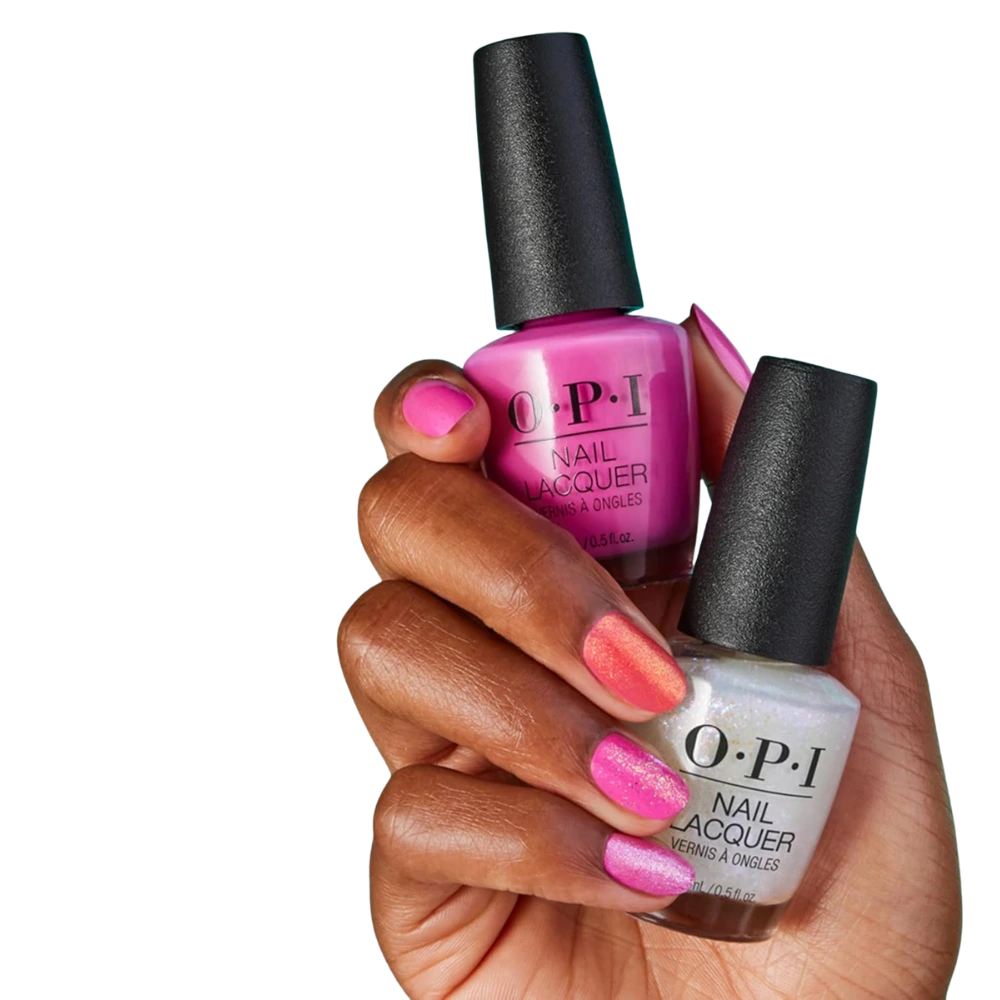
What Is Nail Lacquer?
At its core, nail lacquer is a solvent-based formula that coats your nails with colour while protecting them from chipping and fading. Compared to traditional nail polish, lacquer tends to be slightly thicker, giving it more durability and a glossier finish.
Think of it this way: nail polish is like everyday foundation, while nail lacquer is like long-wear foundation with SPF—it’s designed to last longer and do more than look pretty.
In the professional world, many brands, including OPI and Essie, market their core formulas as nail lacquer because of their staying power and wide shade ranges. If you’re looking for a product that gives you at least 5–7 days of chip-free wear with proper application, lacquer is usually the way to go.
“Nail lacquer is essentially a protective and decorative coating for your nails. Unlike regular nail polish, it’s formulated to be more durable, providing longer wear and resistance to chipping,” says Dr. Emily Carter, a board-certified dermatologist
Nail Lacquer vs. Nail Polish: The Key Differences
This is the question most people ask first: Is there really a difference between nail lacquer and nail polish?
Here’s a quick breakdown:
- Formula & Texture: Lacquer is slightly thicker, which makes it more chip-resistant. Polish is usually thinner and can require more coats.
- Durability: Lacquer is made to last longer—perfect if you don’t have time for frequent touch-ups.
- Finish: Lacquer often dries glossier and smoother, while polish can vary depending on the brand.
- Application: Both apply with a brush, but lacquer often feels more “professional” because of its even coverage.
From my own experience, clients who switch to lacquer notice that their manicures hold up better to everyday activities—typing, washing dishes, or even gardening—without dulling after just a few days.
How to Apply Nail Lacquer for a Professional Finish
Even the best nail lacquer won’t look good if it’s misapplied. Over the years, I’ve tested countless application methods, and here’s the one that consistently gives salon-quality results at home:
- Prep Your Nails: Start with clean, dry nails. Gently buff the surface to remove oils and smooth ridges.
- Base Coat: Always apply a base coat. It prevents staining, strengthens the nail, and helps the lacquer grip better.
- Two Thin Coats of Lacquer: Apply two thin, even coats rather than one thick coat. This reduces streaking and cuts down on dry time.
- Top Coat: Finish with a protective top coat to seal in shine and prevent chipping.
- Dry Time: This one allows each layer to dry for 1–2 minutes before applying the next.
Pro tip: Don’t shake the bottle—roll it gently between your palms to avoid air bubbles.
How to Make Nail Lacquer Last Longer
One of the main reasons people switch to nail lacquer is because they want a manicure that actually lasts. Here are my tried-and-true strategies for long wear:
- Use a Nail Strengthener: If your nails peel or break easily, start with a strengthening base coat. OPI Natural Nail Strengthener is a favourite in my kit.
- Avoid Hot Water: Soaking in hot baths or washing dishes without gloves can cause lacquer to lift early.
- Seal the Tips: When applying your top coat, swipe the brush across the edge of your nails to “seal” the colour.
- Refresh Mid-Week: Add a fresh layer of top coat every 2–3 days to revive shine and extend wear.
When clients follow this routine, I often see their manicures lasting a whole week or longer—even on natural nails.
Quick Tips to Dry Nail Lacquer Faster
Patience is not always a virtue when it comes to manicures. The biggest complaint I hear is: “I don’t have time to wait for my nails to dry.” Luckily, there are easy ways to speed up the process:
- Thin Layers Dry Faster: Always go thin, even if it means adding an extra coat.
- Quick-Dry Products: A few drops of OPI Drip Dry or a spritz of drying spray can cut your wait time in half.
- Cold Water Trick: Submerge your nails in a bowl of cold water for a couple of minutes to harden the lacquer.
- Hands Off: Resist the urge to check if your nails are dry by tapping them—you’ll ruin your hard work.
Do Nail Lacquer and Strengtheners Expire?
Yes, they do—though not as quickly as you might think. Unopened bottles can last several years, but once opened, they slowly thicken due to exposure to air.
From my professional practice, I recommend replacing nail lacquer and strengtheners after about 24 months for the best results. Signs your lacquer has gone bad include:
- It’s unusually thick or stringy
- The colour has separated and doesn’t mix after shaking
- It takes forever to dry or chips immediately
Pro tip: Store your bottles in a cool, dry place—never in the bathroom, where humidity speeds up the breakdown.
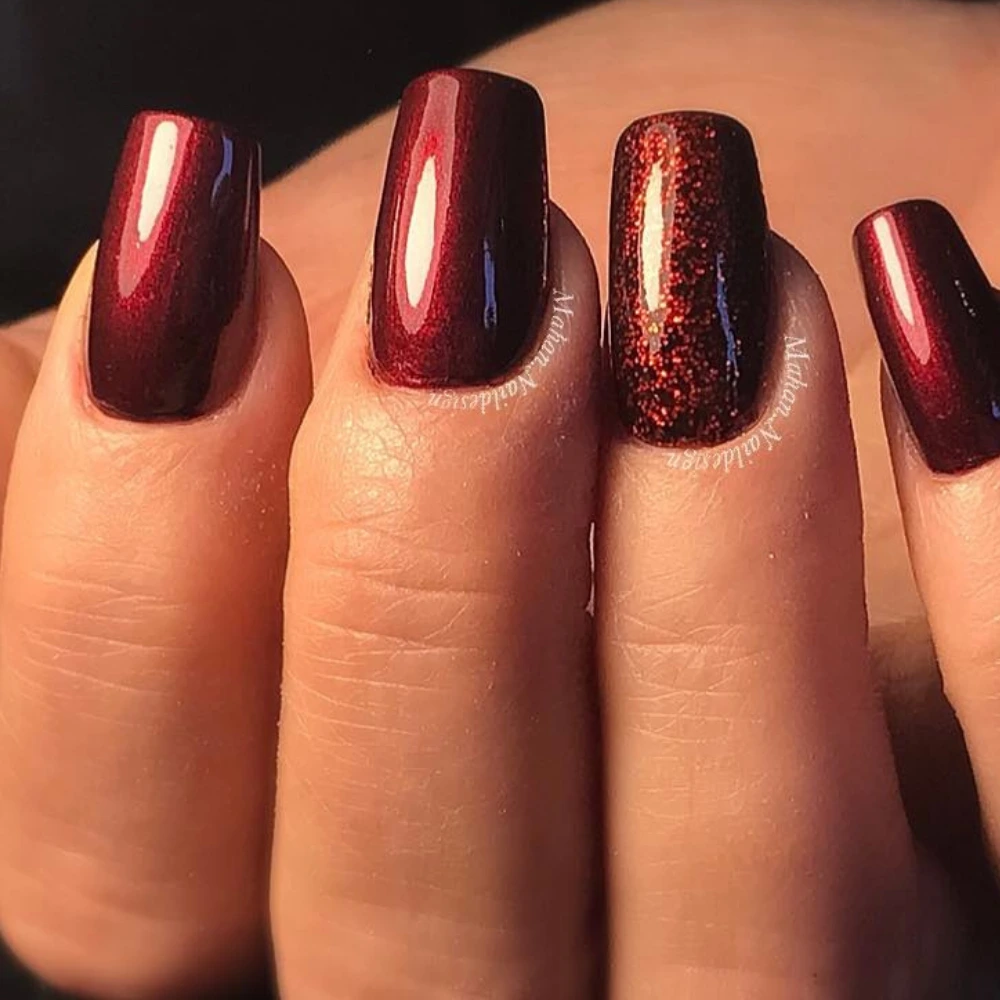
Exploring Nail Lacquer Finishes
One of the most exciting things about nail lacquer is the variety of finishes you can play with. Over the years, I’ve noticed that finishes can completely change the mood of a manicure:
- Glossy Finish: Classic and versatile, great for everyday wear.
- Matte Finish: Modern and edgy, though it shows chips more easily.
- Plumping or Gel-Like Finish: Offers a salon-style look without the UV lamp.
- Shimmer & Glitter: Fun for special occasions, but trickier to remove.
Experimenting with different finishes is one of the easiest ways to refresh your nail routine without buying a whole new wardrobe of colours.
How to Choose the Right Nail Lacquer for You
Not all lacquers are created equal, and the right choice depends on your personal needs. Here’s a quick buyer’s guide:
- For Durability: Look for formulas labelled chip-resistant or long-wear.
- For Weak Nails: Choose a lacquer with added strengtheners or use a strengthening base coat.
- For Clean Beauty Fans: Explore non-toxic, 3-free or 5-free brands like Zoya or Butter London.
- For Budget-Friendly Options: Drugstore brands like Sally Hansen often perform surprisingly well.
- For Shade Variety: OPI and Essie offer hundreds of colours, from neutrals to bold fashion shades.
When I consult with clients, I often recommend building a small “capsule collection” of essentials: a nude, a red, a seasonal shade, and a top coat. This way, you always have the right look for any occasion without an overflowing drawer of half-used bottles.
TOP Brands Recommended
Conclusion
So, what is nail lacquer? In short, it’s a slightly thicker, more durable version of nail polish that gives you longer-lasting wear and a professional-looking finish. Whether you’re new to at-home manicures or a seasoned pro, switching to lacquer can make a noticeable difference in the longevity and shine of your nails.
If you’re ready to upgrade your nail routine, start by picking up a base coat, a versatile lacquer shade, and a quality top coat. With the right products and techniques, you’ll enjoy chip-free color that lasts all week—and maybe even beyond.
FAQs
Yes, when used properly with a base coat, nail lacquer is safe and even protective for natural nails. Look for formulas labelled as “3-free” or “5-free” if you want to avoid certain chemicals.
No, nail lacquer doesn’t require curing under a lamp. It air-dries, unlike gel polish.
Rich Girls & Po-Boys Use a non-acetone remover for light colours and an acetone-based remover for darker shades or glitter. Always follow up with cuticle oil to keep nails hydrated.
